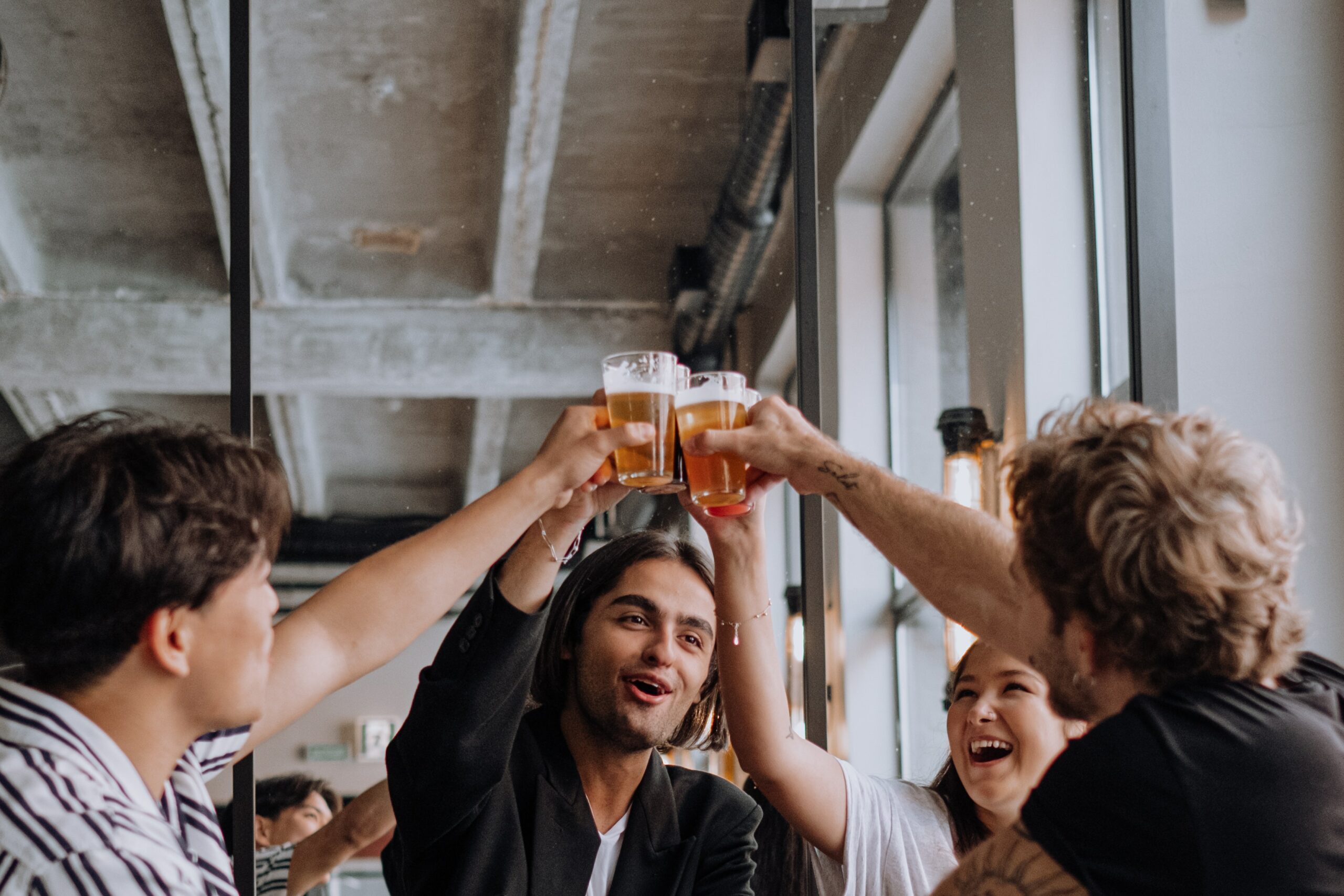Four growing opportunities in the alcoholic drinks industry in 2024

Written by William Knight, Principal Strategic Consultant, Alcohol Industry
Fast shifting consumer behaviour is driving change in the alcoholic drinks industry.
If you’re developing or optimising products in this industry, you’ll need to make smart decisions to thrive.
Though there’s a lot happening, it’s an exciting time for the industry – these changing behaviours bring about many opportunities for success and increased margins.
Read on to discover the top 4 trends you need to be aware of, driving industry growth.
TREND 1 – Premiumisation
Premium alcohol ranges are appealing to more and more consumers for their perceived superior quality and experience.
We ran some research on Vypr to discover some reasons consumers prefer premium, which were:
- Better taste
- Less ‘nasties’
- Better packaging
- More ethical
We even discovered more would be willing to purchase the exact same drink product, just because we changed the name to Premium in a split-test.
So, what does this mean for your products?
The demand for premium offerings seems to be rising, and these products, as would be expected, have a more positive reputation over value versions, when developed correctly.
This creates an opportunity for innovation, but you’ll need to be mindful of optimising brand image and pricing strategies.
TREND 2 – Value-Conscious Consumers
With costs of living rising, prices have become a priority for many.
Consumers are now switching to what gives them the most value for their money, which doesn’t always necessarily mean the cheapest option, but the best value.
In other words, they’re looking at where they spend their money more carefully.
Consumers Changing Buying Habits
For example, many consumers are buying less but higher quality, instead of wasting money on products they don’t enjoy just because they’re cheaper.
This all ties into the growing demand for premium products we saw above.
So, what does this mean for your products?
Consumers want more value from their purchases – not just in how much something costs, but how much it costs relative to its quality.
This means your products will need to deliver a great experience and fair price, if you want to boost sales. But this is a great opportunity to create amazing products, as people really are willing to try them!
TREND 3 – Smart drinking
Along with consumers becoming more value-conscious, many are becoming more health-conscious.
There has been an increase in ‘NoLo’ drink consumption, (alcohol-free replications of alcoholic drinks, or those with very small amounts of alcohol in them).
In a Vypr national survey, 54% of people had now purchased a NoLo beverage – proving the growing wave of interest and demand.
Why are people buying these drinks?
Health, both physical and mental, is a large priority for consumers buying these drinks, but they are also buying it for the taste of the drink.
So, what does this mean for your products?
There is a large focus on health in the food and drink industry, fueled by consumer demand, and this has permeated the alcoholic drinks industry too.
As the health-conscious consumer grows, there is a large opportunity for more R&D-style Innovation to bring unique blends to market.
But consumers are still looking for good taste, so you’ll need to strike the right balance between a tasty formula and the correct branding.
TREND 4 – Sustainability
Ethics and responsible sourcing are also becoming a much larger deal for consumers of products in all industries.
Consumers, though currently focused on getting value for their money, are also increasingly interested in the background of brands.
We saw that sustainability claims impacted purchasing intent
To prove the claims above, we ran some research on our platform, testing two adverts with different claims.
We used a split-by image research question, comparing two sets of ads for the exact same drink – all we did was change the wording on the image advert from ‘Premium Recipe’ to ‘Responsibly Sourced’.
We found that:
- 91% said they’d purchase with the ‘Responsibly Sourced’ claim
- Only 78% said they’d purchase with the ‘Premium Recipe’ claim
Showing sustainability claims make a difference.
So, what does this mean for your products?
Consumers are beginning to perceive sustainable brands as better-quality brands.
Therefore, investing in innovative product ideas, if done correctly and sustainably, can give you a competitive advantage.
Other Growing Opportunities
Ready-to-drink (RTD) varieties
There is also a growing demand for Ready-to-Drink, pre-mixed alcohol products, such as:
- Ready cocktails
- Long mixed drinks
- Hard seltzers
- Alcopops
And more.
These drinks are a convenient option for consumers who want to enjoy their favourites, often on-the-go.
When choosing a great drink, we found consumers primarily look for:
- Easy to carry packaging
- Great, new flavours
Growing Emphasis on Brand Values
Many consumers throughout our research pointed out that they’d be more likely to favour a brand with an authentic story and ethical values.
After all, as many companies already know, genuine stories are key to creating a lasting impression that mean consumers will buy for way more than just price.
All in all, there are many exciting opportunities for success.
I hope you enjoyed this blog, please look out for my next one in a couple of weeks. If you’d like to know more, or think I’ve missed anything, please feel free to message me on LinkedIn.
William Knight, Principal Strategic Consultant, Alcohol Industry







